Discover how to create a more eco-friendly living space with green remodeling tips. Learn about energy-efficient upgrades, sustainable materials, and eco-conscious design. Mahalo for joining us for this week’s Home Renovation Blog!
What Is Green Remodeling?
Green remodeling is the process of renovating a home using environmentally friendly materials, practices, and technologies. This approach aims to reduce the home’s environmental impact while improving its energy efficiency, indoor air quality, and overall sustainability.
By choosing green remodeling options, homeowners can enjoy several benefits, including:
- Reduced energy bills: Energy-efficient upgrades like insulation, efficient appliances, and renewable energy sources can significantly lower your monthly utility costs.
- Improved indoor air quality: Using non-toxic materials and ensuring proper ventilation can create a healthier and more comfortable living environment.
- Increased property value: Green homes often appeal to environmentally conscious buyers and can command a higher resale value.
- Reduced environmental impact: Green remodeling helps to conserve resources, reduce greenhouse gas emissions, and protect the planet.
This guide will provide you with valuable information on green remodeling, including:
- Understanding green building principles
- Energy-efficient upgrades
- Water conservation measures
- Sustainable materials and products
- Improving indoor air quality
- Green remodeling tips and tricks
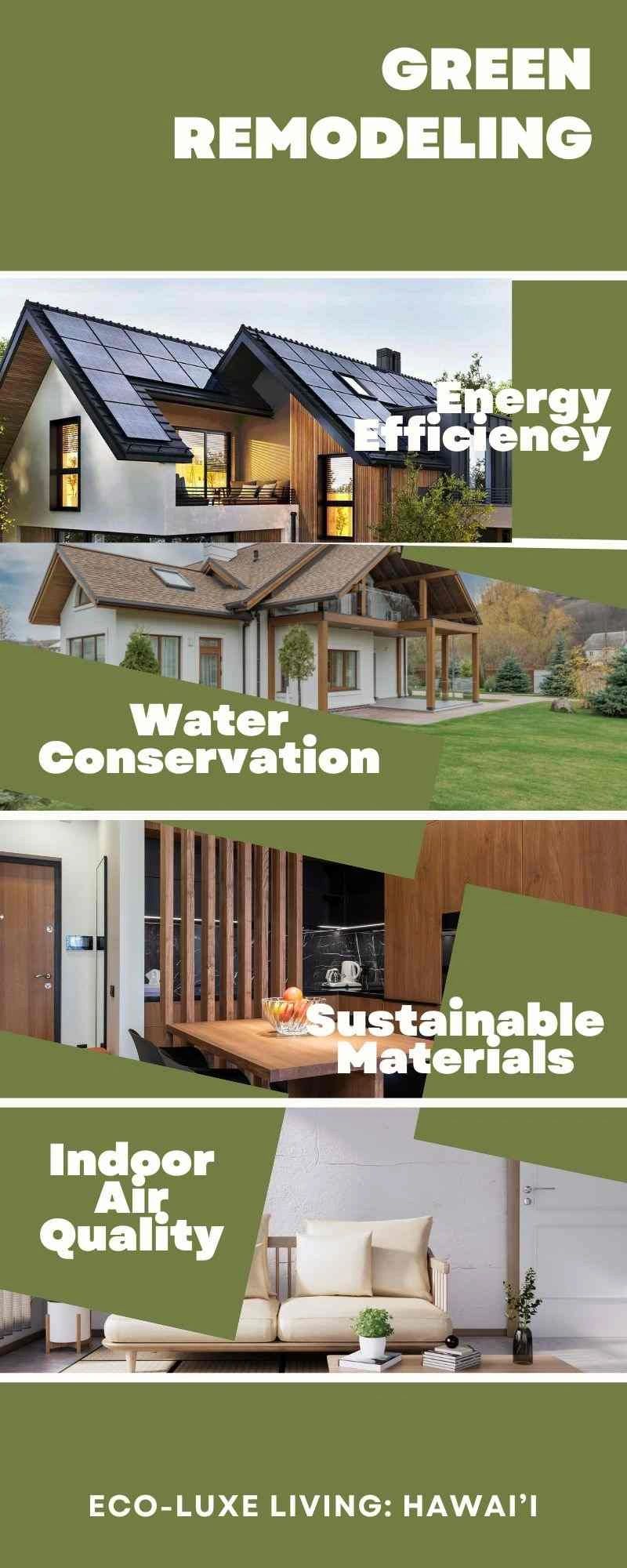
Understanding Green Remodeling Principles
Green building and green remodeling are holistic home design and construction approaches that prioritize environmental sustainability, energy efficiency, and human health. Key principles of green remodeling include:
- Energy efficiency: Minimizing energy consumption through efficient appliances, insulation, and renewable energy sources.
- Water conservation: Reducing water usage through efficient fixtures, rainwater harvesting, and landscaping practices.
- Sustainable materials: Using materials with low environmental impact, such as recycled content, renewable resources, and locally sourced materials.
- Indoor air quality: Promoting good air quality through proper ventilation, reducing indoor pollutants, and using non-toxic materials.
Pro Tip: Green certification programs like LEED (Leadership in Energy and Environmental Design) provide a framework for evaluating and recognizing green buildings. These programs establish standards for energy efficiency, water conservation, materials selection, indoor air quality, and other sustainability factors. By achieving LEED certification, homeowners can demonstrate their commitment to environmental responsibility and potentially increase their property value.
Energy-Efficient Upgrades
One of the most significant ways to reduce your home’s environmental impact and lower your energy bills is by implementing energy-efficient upgrades. Here are some common areas to focus on in your green remodeling projects:
Insulation
- Proper insulation is crucial for preventing heat loss in cold weather and heat gain in warm weather.
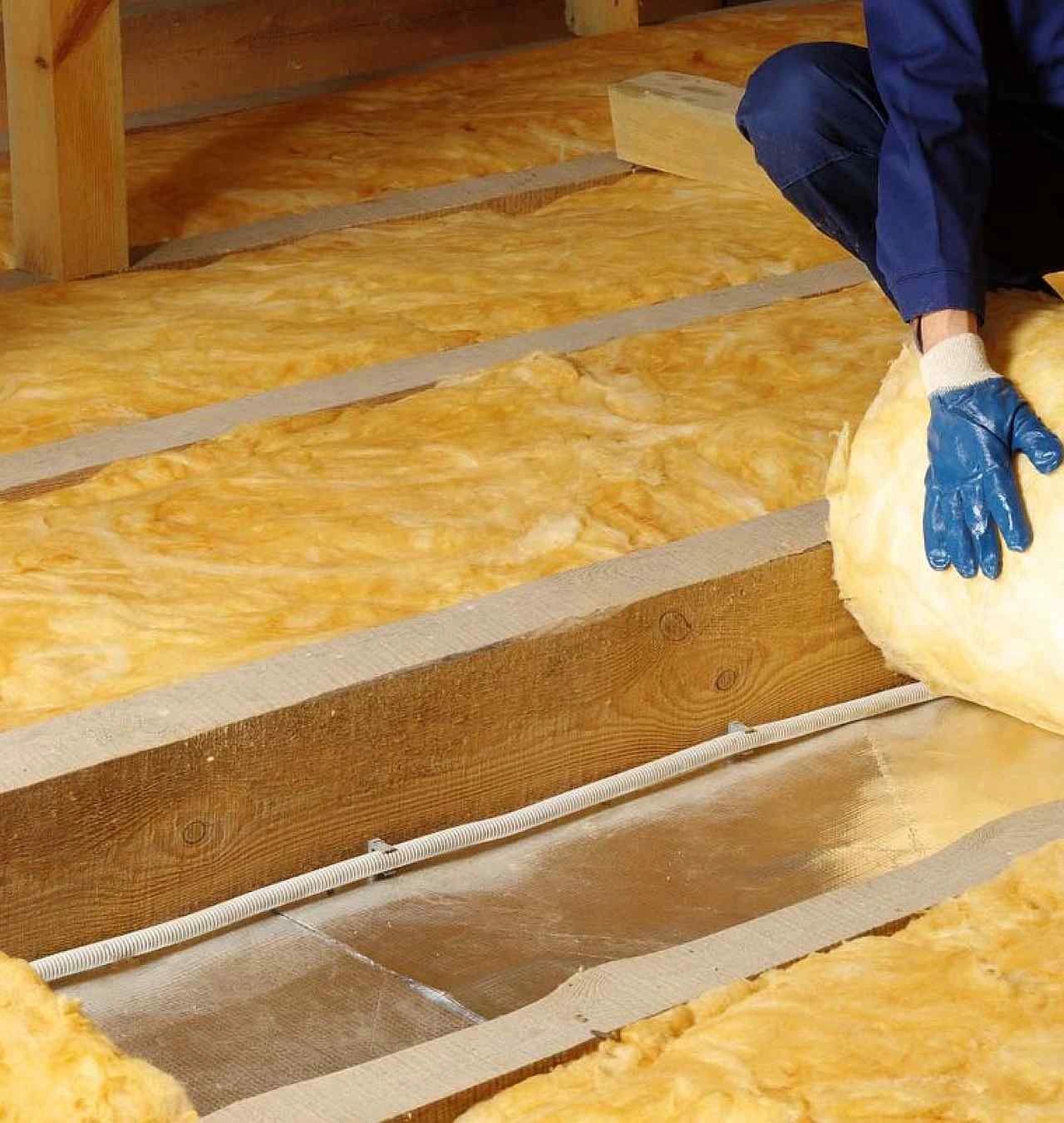
- Consider upgrading to high-performance insulation materials like cellulose, fiberglass, or spray foam.
- Seal air leaks around doors, windows, and ductwork to prevent drafts and improve energy efficiency.
Windows
- Energy-efficient windows can significantly reduce heat transfer and improve your home’s comfort.
- Look for windows with low-E coatings, argon gas fills, and high-quality frames.
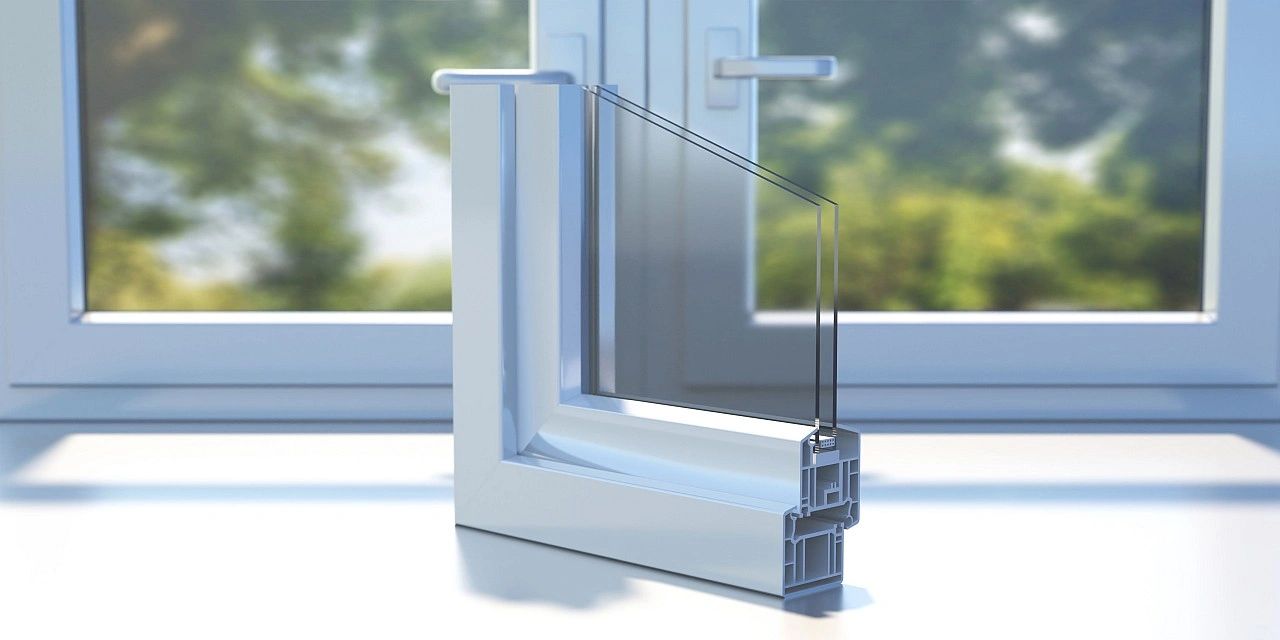
- Consider replacing old, inefficient windows to reap the benefits of improved energy efficiency and reduced noise pollution.
HVAC Systems
- Upgrade to a high-efficiency HVAC system to reduce energy consumption and improve comfort.
- Regular maintenance is essential for optimal performance and energy efficiency.
- Consider installing a programmable thermostat to control heating and cooling more effectively.
Lighting
- Replace incandescent light bulbs with LED bulbs to save energy and reduce your carbon footprint. For more tips and tricks, check out our home renovation blog on the Top Ten Home Lighting Trends for Spring.
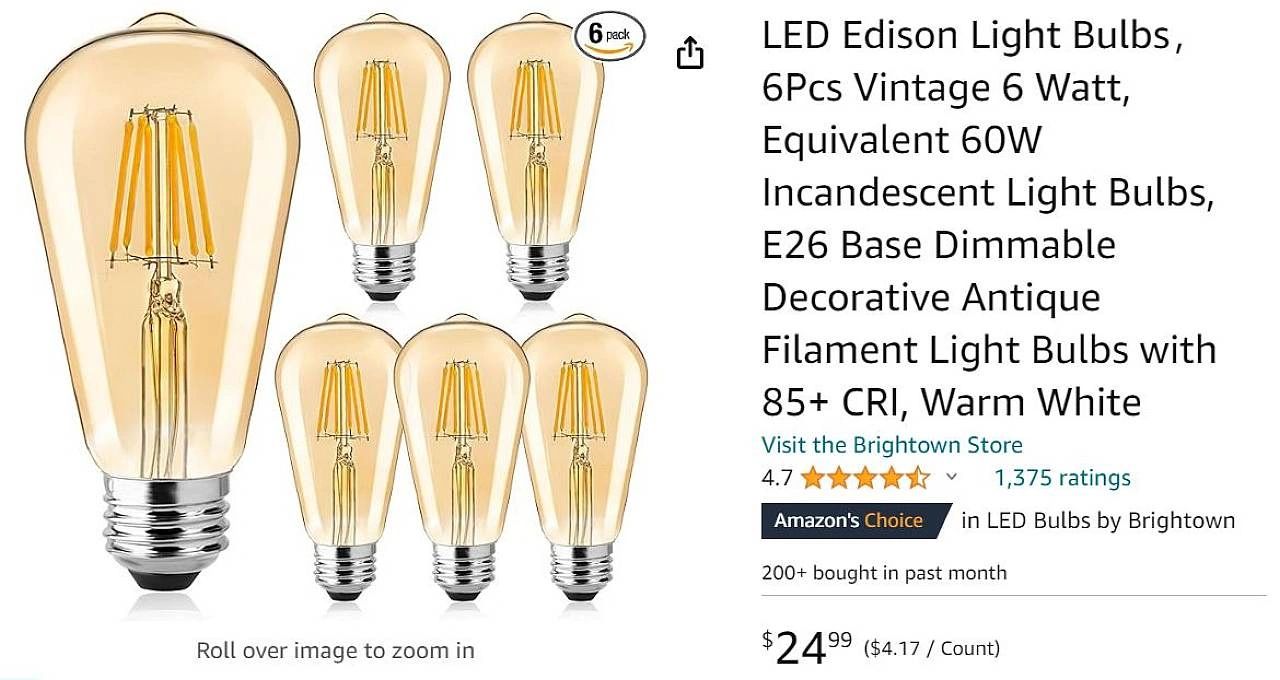
- Consider using smart lighting systems to control lighting remotely and schedule automated on/off times.
Appliances
- Choose energy-efficient appliances with Energy Star labels.
- Consider the appliance’s size and features to ensure it meets your needs while minimizing energy consumption.
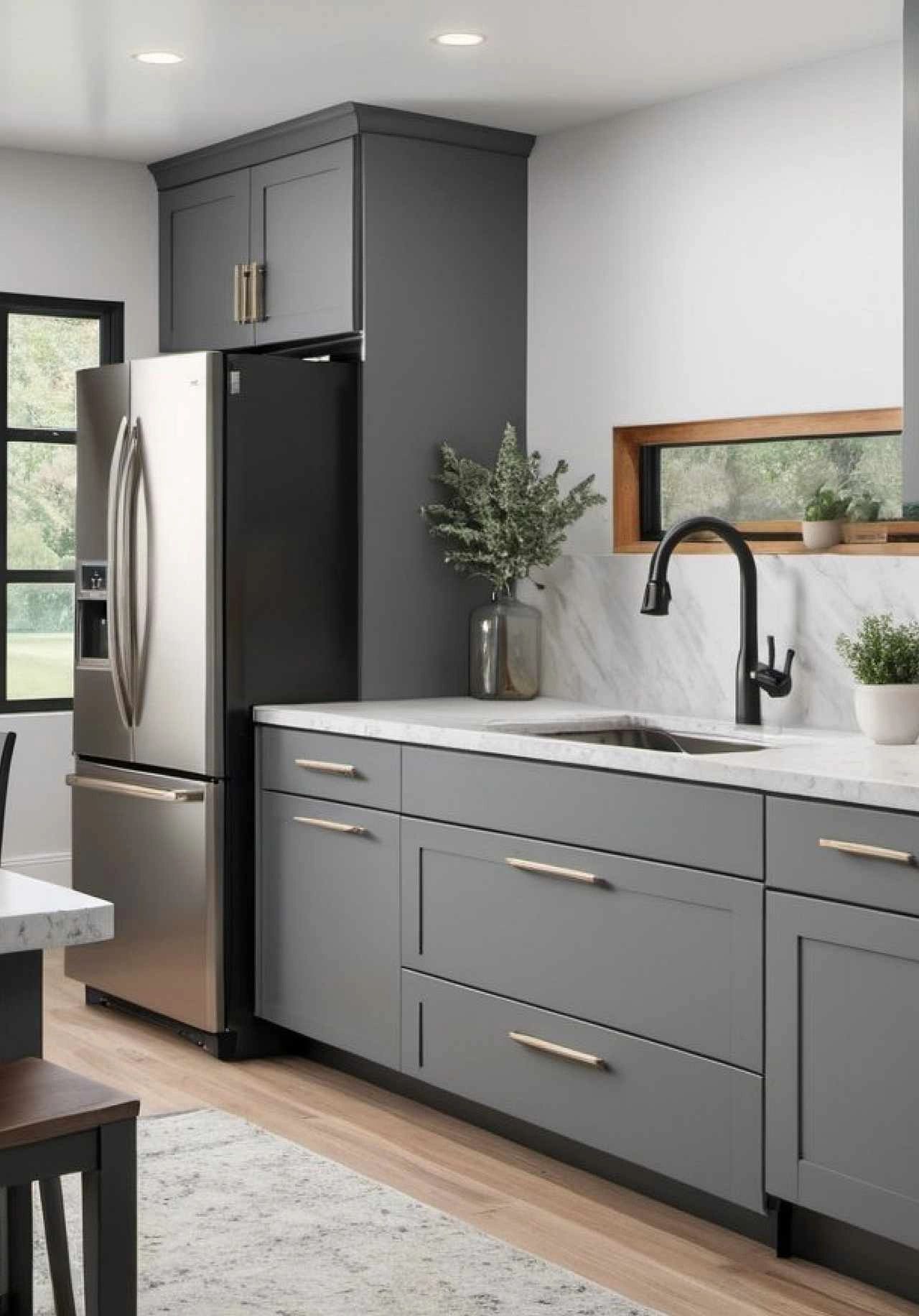
- Properly maintain your appliances to ensure they operate efficiently and avoid unnecessary energy use.
Renewable Energy Sources
- Solar panels are a popular option for generating clean, renewable energy.
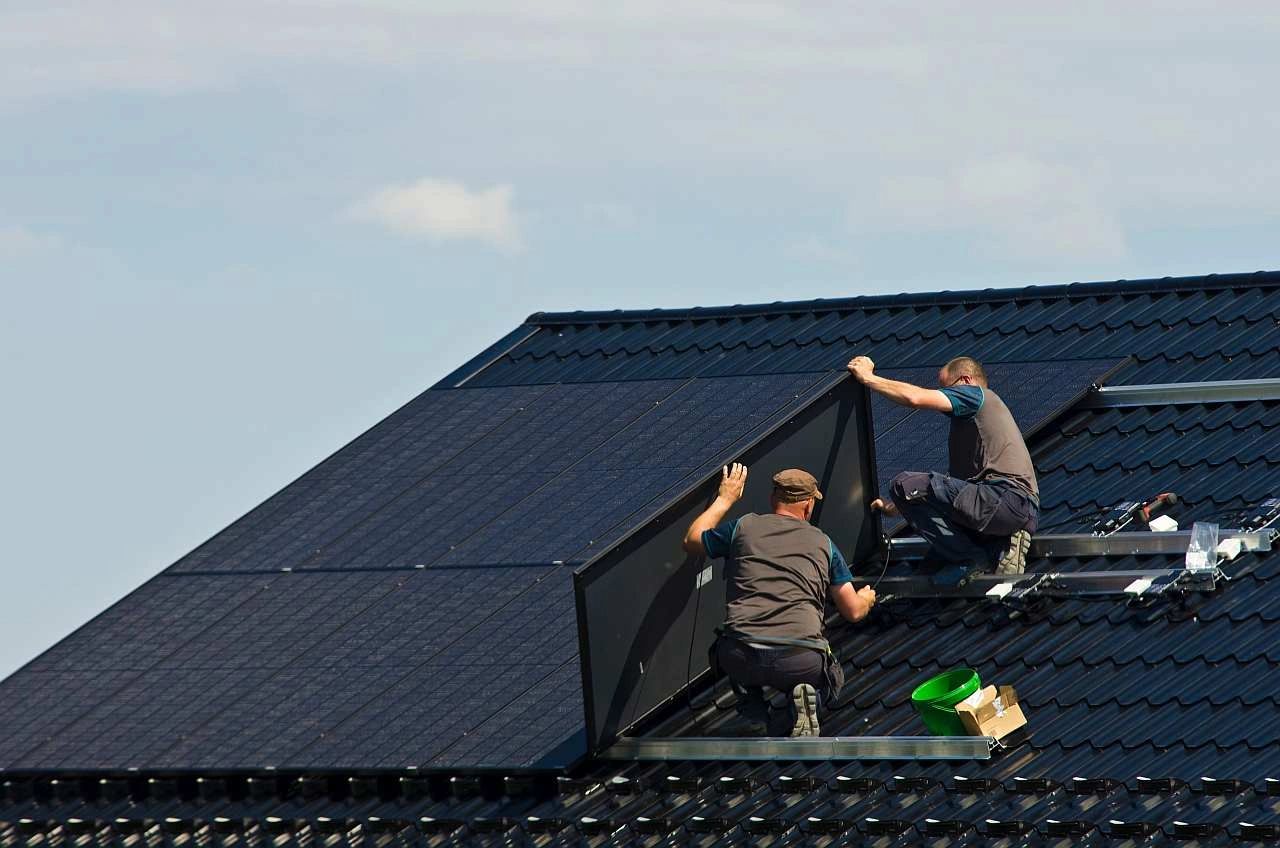
- Wind turbines can be a viable option in areas with consistent wind.
- Explore incentives and rebates offered by your local government or utility company to offset the initial cost of renewable energy systems.
Water Conservation Measures
Water is a precious resource, and conserving it is essential for protecting our environment and ensuring future availability. Here are some effective ways to reduce your home’s water consumption during your green home remodeling:
Water-Saving Fixtures and Appliances
- Low-flow toilets: These toilets use significantly less water per flush compared to older models.
- Water-saving showerheads: Reduce water flow while maintaining water pressure.
- Aerated faucets: These faucets mix air with water, reducing overall water usage.
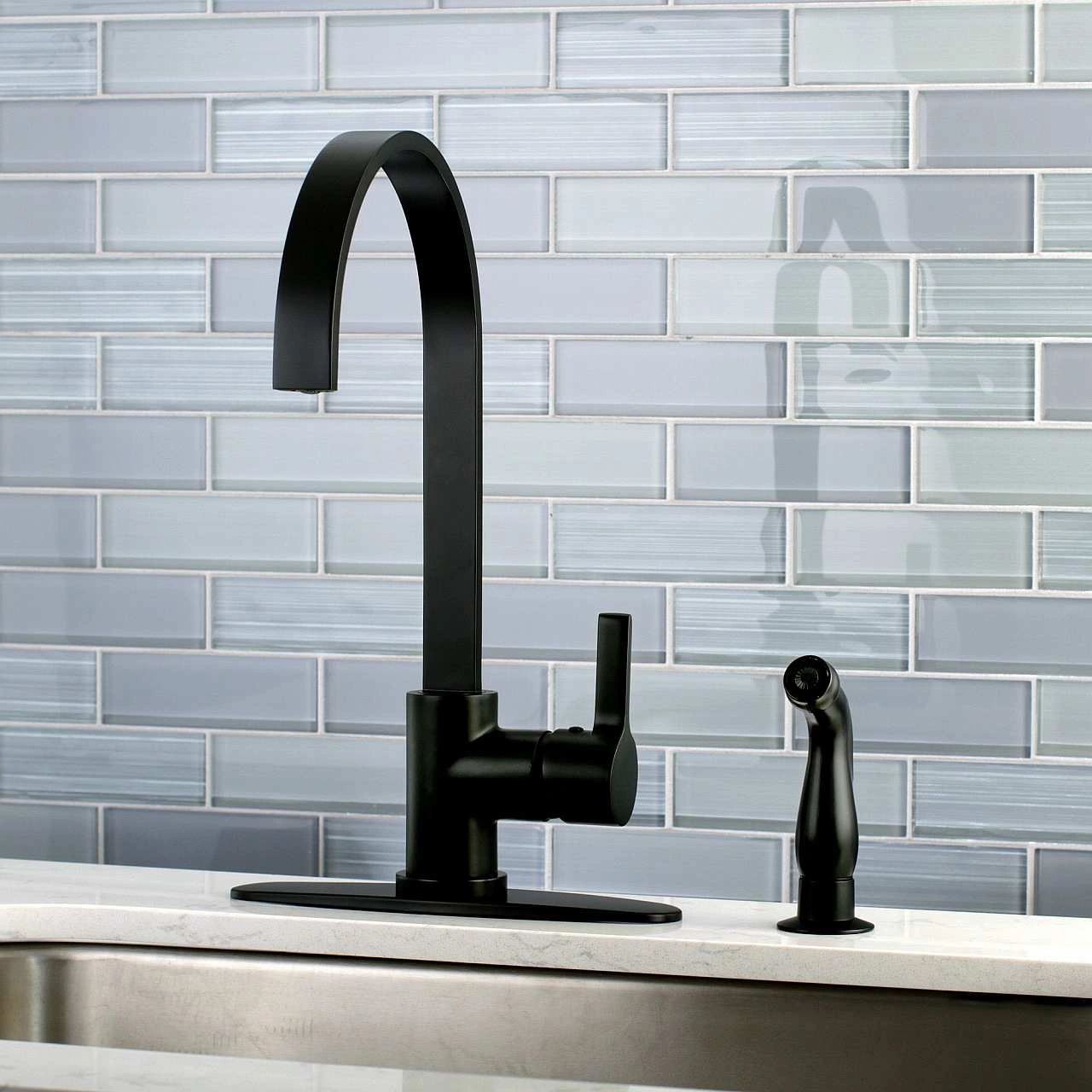
Rainwater Harvesting
- Collect rainwater from your roof and store it in a cistern or rain barrel.
- Use harvested rainwater for watering plants, washing cars, or flushing toilets.
- Consider installing a greywater system to reuse wastewater from sinks, showers, and laundry machines for non-potable uses like irrigation.
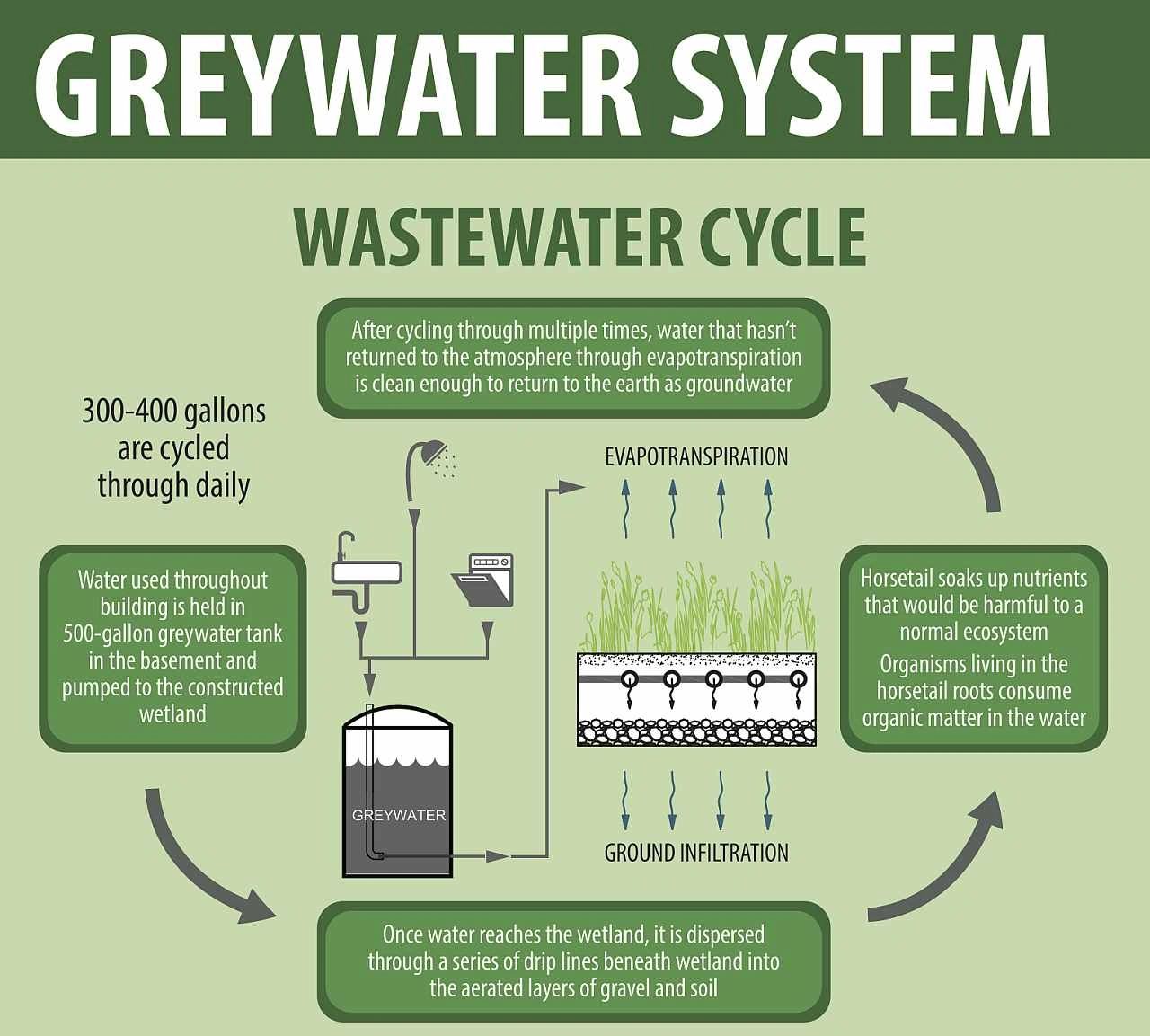
Efficient Landscaping
- Choose drought-tolerant plants that require minimal watering.
- Implement xeriscaping techniques to create a low-maintenance, water-efficient landscape.
- Mulch around plants to help retain soil moisture and reduce evaporation.
- Water your lawn efficiently in the early morning or late evening to minimize water loss from evaporation.
- Consider using a drip irrigation system for targeted watering of plants, reducing water waste.
Sustainable Materials and Products
Choosing sustainable materials for your green remodeling projects can significantly reduce your environmental impact and create a healthier living space. Sustainable materials often have lower environmental footprints, require less energy to produce, and are more durable than traditional materials.
Benefits of Sustainable Materials
- Reduced environmental impact: Sustainable materials minimize resource depletion, reduce waste, and lower greenhouse gas emissions.
- Improved indoor air quality: Many sustainable materials are free from harmful chemicals and VOCs (volatile organic compounds), contributing to a healthier living environment.
- Increased durability and longevity: Sustainable materials are often more durable and longer-lasting than traditional materials, reducing the need for frequent replacements.
- Enhanced aesthetic appeal: Sustainable materials can offer unique textures, colors, and patterns, adding a natural and stylish touch to your home.
Examples of Sustainable Building Materials

- Bamboo: A rapidly renewable resource, bamboo is a versatile building material that can be used for flooring, cabinetry, and furniture.
- Cork: Derived from the bark of cork oak trees, cork is a sustainable, renewable material with excellent insulation properties.
- Reclaimed wood: Reusing salvaged wood reduces waste and adds character to your home.
- Recycled materials: Incorporate recycled materials like recycled glass, metal, or plastic into your home’s design.
- Natural stone: Locally sourced natural stone can add a timeless and sustainable element to your home.
VOC-Free Paints and Finishes
- Volatile organic compounds (VOCs) are harmful chemicals found in many traditional paints and finishes.
- VOC-free paints and finishes are healthier alternatives that release fewer harmful emissions into the air.
- Look for certifications like LEED or GreenGuard to ensure the products you choose meet strict environmental standards.
Improving Indoor Air Quality
Indoor air pollution can have a significant impact on your health and well-being, as we all know. It’s essential to take steps to improve the air quality in your home. Here are some of our favorite tips for a healthier indoors, during green remodeling, and anytime!
Common Indoor Air Pollutants and Their Health Effects
- Volatile organic compounds (VOCs): Found in paints, solvents, cleaning products, and building materials, VOCs can cause headaches, nausea, and respiratory problems.
- Dust mites: These microscopic creatures can trigger allergies and asthma symptoms.
- Mold: Mold thrives in damp environments and can produce harmful toxins that can cause respiratory issues and allergies.
- Radon: A naturally occurring radioactive gas found in some homes, radon can increase the risk of lung cancer.
- Carbon monoxide: A colorless, odorless gas produced by incomplete combustion of fuels, carbon monoxide can be fatal.
The Importance of Proper Ventilation and Air Filtration
- Proper ventilation is crucial for diluting indoor air pollutants and preventing the buildup of moisture, which can promote mold growth.
- Open windows and doors regularly to allow fresh air to circulate.
- Install exhaust fans in bathrooms, kitchens, and laundry rooms to remove moisture and pollutants.
- High-quality air filters can help trap airborne particles, including dust, pollen, and allergens.
- Consider using an air purifier with HEPA (High-Efficiency Particulate Air) filtration to remove even smaller particles.
Tips for Reducing Indoor Air Pollution
- Minimize exposure to harmful chemicals: Choose non-toxic cleaning products, paints, and finishes.
- Keep your home clean: Regularly dust, vacuum, and mop to remove allergens and pollutants.

- Control humidity: Use dehumidifiers in damp areas to prevent mold growth.
- Test for radon: If you’re concerned about radon exposure, have your home tested.
- Avoid smoking indoors: No duh, but secondhand smoke is a major indoor air pollutant.
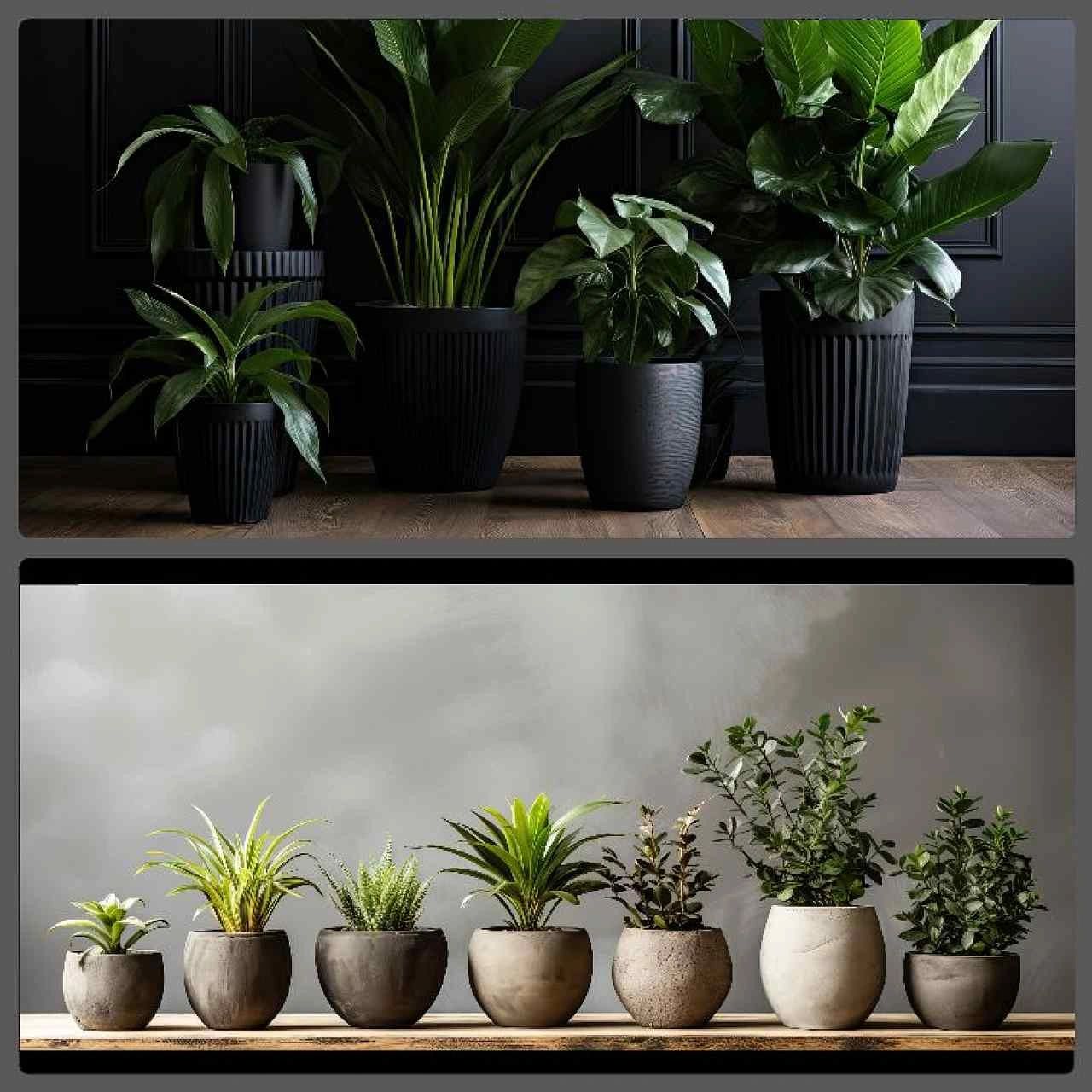
Bring plants indoors. Lots of them!
Green Remodeling Tips and Tricks
Embarking on a green remodeling project can be a rewarding experience, but it requires careful planning and execution. Here are some practical tips to help you get started:
Create a Green Remodeling Plan
- Define your goals: Determine what you want to achieve with your green remodeling project, such as improving energy efficiency, reducing your carbon footprint, or creating a healthier living environment.
- Set a budget: Consider the potential costs of green remodeling materials, labor, and permits.
- Research sustainable materials and technologies: Explore options that align with your goals and budget.
- Find qualified contractors: Look for contractors with experience in green remodeling and certifications like LEED.
Potential Costs and Benefits
- Costs: While green remodeling may involve higher upfront costs, the long-term benefits can outweigh the initial expenses.
- Benefits: Reduced energy bills, improved indoor air quality, increased property value, and a positive environmental impact.
Resources for Further Research and Information
- Local government agencies: Many government agencies offer incentives and resources for green remodeling projects.
- Non-profit organizations: Organizations like the U.S. Green Building Council and the Environmental Protection Agency provide valuable information and resources.
- Online forums and communities: Connect with other homeowners and experts for advice and support.
- Books and articles: There are numerous resources available on green remodeling. Check out your local library (pardon the pun!).
Conclusion
Green remodeling is a valuable investment in your home and the environment. By incorporating sustainable practices, energy-efficient upgrades, and eco-friendly materials, you can create a healthier, more comfortable, and more sustainable living space.
Key points discussed in this post include:
- Understanding green building principles
- Energy-efficient upgrades
- Water conservation measures
- Sustainable materials and products
- Improving indoor air quality
- Green remodeling tips and tricks
Green remodeling is not only beneficial for your home but also for the planet. By reducing your carbon footprint and conserving resources, you can contribute to a more sustainable future. Check out this blog post for more tips on the top 10 green home remodeling ideas for 2025.
Don’t wait to start your green remodeling journey. Begin by assessing your home’s needs and exploring the various options available to you. With careful planning and the right resources, you can create a greener, healthier, and more sustainable home.
As always, mahalo for joining us for this week’s Home Renovation Blog at Eco-Luxe Living: Hawai’i! Be sure to check out all of our home renovation blogs, and let us know if you have comments or questions. We’d love to hear from you!


Additional Green Remodeling Resources:
General Green Building Information
Sustainable Materials and Products
- GreenGuard Product Certifications
- Recycled Products Association
- Energy Star Appliances
- ReUse Hawai’i (sustainable construction materials)
Indoor Air Quality
Green Remodeling Tips and Resources
